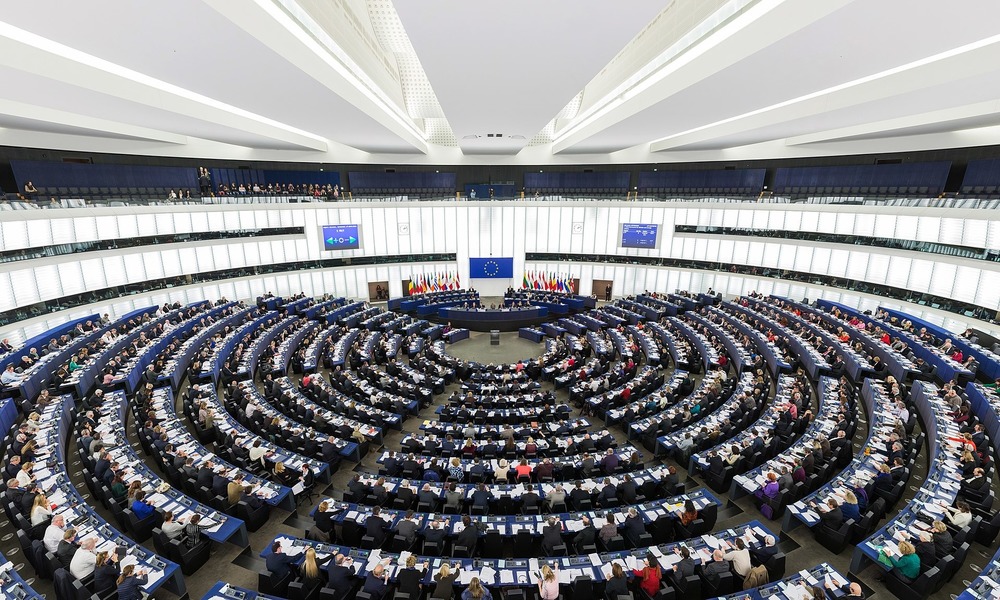BALTIC MONITOR
Date: 31 May 2019
European Elections in the Baltic Sea Region: Eurosceptics Perform Below Expectations
The recent elections to the European Parliament have not brought any major surprises in the countries of the eastern part of the Baltic Sea Region. As regards the three post-Soviet Baltic republics (Lithuania, Latvia and Estonia), it can be said that the representatives of national minorities have generally managed to keep their positions. However, what draws attention is the fact that the results of extremely Eurosceptic parties are poorer than expected. Although in Sweden the said parties have recently noted an increase in support (though it still has not made them victorious), one cannot help but notice that for the Eurosceptic parties of Estonia and Finland, which achieved excellent results in the recent national elections, the 2019 European elections turned out to be a complete failure.

In Lithuania, 11 seats were divided between as many as six parties and, what is quite rare, a civic electoral committee of one of the female MPs. The Lithuanian conservatives, which currently form the opposition, won the European elections and gained 3 seats while the two main parties of the centre-left ruling coalition, the Lithuanian Farmers and Greens Union (LVZS) and the Social Democratic Party of Lithuania (LSDP), obtained 2 seats each. The Labour Party, the Liberal Movement and the Polish EAPL-CFA received one seat each. Valdemar Tomaševski, the leader of the coalition between the Electoral Action of Poles in Lithuania and the Christian Families Alliance (EAPL-CFA), won a seat in the European Parliament for the third time in a row. However, this was only possible thanks to the votes cast by the Russian minority. The EAPL-CFA lost nearly a quarter of the vote as compared to the 2014 European elections. In Latvia, the liberal-conservative New Unity (JV) won the EU elections, obtaining 2 seats. The second place was taken by the opposition, left-wing and pro-Russian Harmony Party (Latvian: Saskana), which also gained 2 seats. One of the two seats was won by Nils Ušakovs, the party leader and former Mayor of Riga involved in a corruption scandal. The third place was taken by the National Alliance, which also received 2 seats. The Union of Greens and Farmers (a coalition between two political parties: the Latvian Green Party and the Latvian Farmers’ Union) and the Latvian Russian Union (LKS) gained one seat each. The latter seat was won by Tatjana Ždanoka, a well-known pro-Moscow activist. Thanks to the votes of her fellow Russian compatriots in Latvia, Ždanoka has been a Member of the European Parliament continuously since 2004.
Support Us
If content prepared by Warsaw Institute team is useful for you, please support our actions. Donations from private persons are necessary for the continuation of our mission.
In Estonia, the liberal Estonian Reform Party, which won the country’s recent parliamentary elections, was also the winner of the European elections. The party won 2 seats. The Social Democratic Party, the current opposition, received the same amount of seats. The 2019 European elections turned out to be a failure for Estonia’s recently formed ruling coalition. The Centre Party and Eurosceptic EKRE won 1 seat each while Isamaa received none. Pro-EU parties also won a clear victory in Finland, getting 11 out of the 13 seats possible. The liberal-conservative National Coalition Party ranked first in the EU elections. The second place was taken by the Green League which will introduce two deputies to the EP. As in many other countries, also in Finland, the Eurosceptics were expected to achieve better election results. In the April parliamentary elections in this Nordic country, the Finns Party, which is known for heavily criticising the EU’s migration policy, lost marginally to the Social Democratic Party of Finland. In the recent European elections, the Finns Party ranked fourth, winning 2 seats, which is the same amount of seats as 5 years ago. In Sweden, 20 seats were to be won. The Swedish Social Democrats won the elections (5 seats), but it turned out to be a Pyrrhic victory. They managed to keep their position in the EP, but this year’s result is worse than that of the previous EU elections. On a general note, this is the party’s worst election result in all of their history of European elections. The Greens, representing Sweden’s coalition government, won two seats, which is a half of what they have had so far. In contrast, the right-wing parties and the nationalists improved their election results. It appears as if the Eurosceptic Swedish Democrats gained the most in this year’s elections. They received 15.4% of the vote which translates into 3 seats. The liberal-conservative Moderate Coalition Party also strengthened its position in the European Parliament by moving from 3 to 4 seats. The Christian Democrats won 2 seats (previously they only had one).
_________________________________
All texts published by the Warsaw Institute Foundation may be disseminated on the condition that their origin is credited. Images may not be used without permission.















